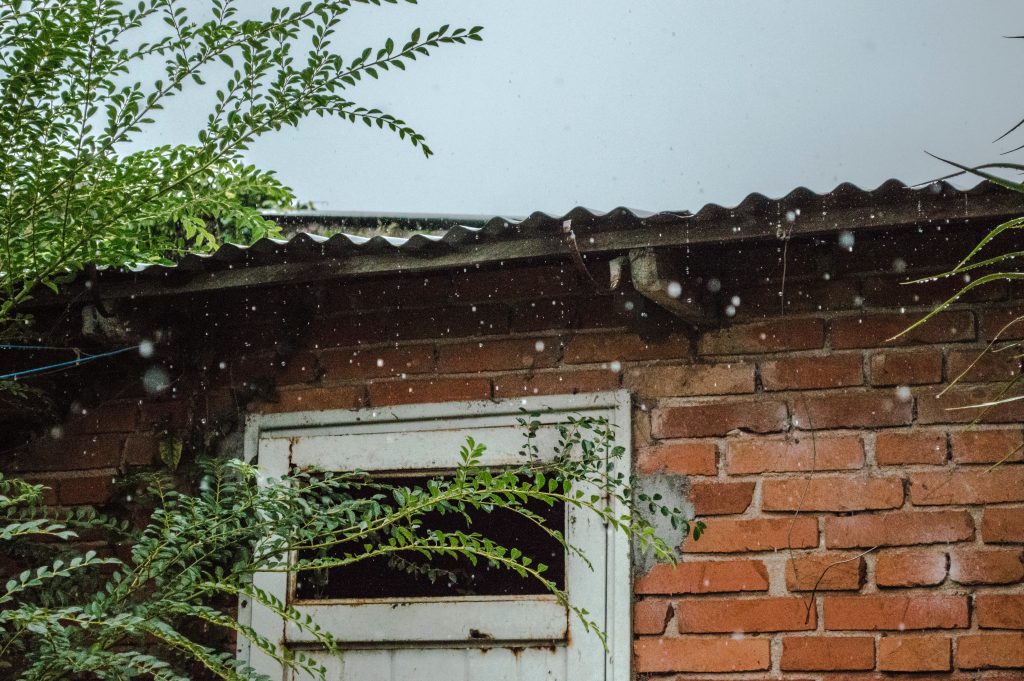Has it been raining all day and you’ve found your home starting to drip from the ceilings? Detecting a roof leak is one thing, having to prepare for the reparations is another. When repairing roof leaks, these are the necessary steps in the process.
Preparations
Making the necessary preparations can help make the lives of your roofing specialists easier and can mean less work right after reparations. Normally, repairing a roof leak and re-roofing can be a bit messy, so it’s best to prepare.
Trim Your Tree’s Canopies
If your roof is surrounded by multiple trees, it’s a good idea to give your roof some ‘breathing’ room since leaves and branches could get in the way of your roofing specialists and the repairs. Moreover, leaves can also clog up your gutters and drainage systems if left unchecked.
Unclog Your Gutters
One of the main causes of roof leaks is when your roof has clogged gutters. These clogged gutters can redirect the flow of water from your roof towards other areas where water should not be. When this happens, pooling or dam formation can begin and this can cause major damage to some parts of the roof.
Cover And Move Everything
It is important to make sure that each piece of furniture does not get damaged from the roof leaks. Homeowners are recommended to cover any material that’s too heavy to move with a layer of protective plastic. Other items that can be carried or pushed out of the way should be moved into safer areas where the ceiling is not leaking.
Detecting A Roof Leak
Swollen Areas
If you do see swollen or warped areas on your roof or on your ceiling, this is a clear sign that water is trapped inside your roof’s interiors and there is pressure building up. Not only will this cause severe damage to your roof, but this will also breed mold, algae, mildew, or other organic masses.
Dripping Water
One of the main ways to detect roof leaks is to simply look if there is dripping water from your ceiling. If there is water that’s dripping, you can always place a bucket or a container right below where the dripping is. Of course, this is only a band-aid solution to the problem and more repairs have to be done.
Biomass Growth
Fungal and organic growth that occurs on side of your ceilings and even on your roof are clear signs that there is water that has penetrated your roof cover and has begun to build up within the interior. Mold, mildew, and algae re just a few growths that can easily accelerate the rate at which the internal supporting structures rot on your roof.
If you have already begun to see some areas where there are green growths that have started sprouting, it’s best to contact your local roofing specialist since this is a clear sign that water and moisture have been stuck between your roof and ceiling for quite a while.
Repairing
Before making any repairs to your roof, we have to first ask ourselves these questions:
Does my roof have a warranty?
Warranties are important in making the necessary repairs for your roof. Not only does it help save you money, but this will also ensure that the new roofing materials that you have will be sturdier than the older materials that you used.
What is the expected lifespan of my roof?
We have to first look at what is the lifespan of our roof before making any repairs. If ever you find that there are damages that are beyond repair, it’s highly recommended that roofing specialists perform a roof replacement instead.
Overall, there are different tell-tale signs that warn you before you will even see your roof leak. While there are some that can be easily detected by untrained individuals, there are also some signs that are too subtle and can only be detected by roofing specialists and professionals.
An important thing to remember is that it is important to constantly assess your roofing Marietta GA. Roof leaks are often not the start of the problem but are signs that there is already damage inside.
Related Articles
- Should I Stay Home During Roof Replacement?
- My Roof Is Leaking – What Should I Do?
- How Long To Replace Roof?
